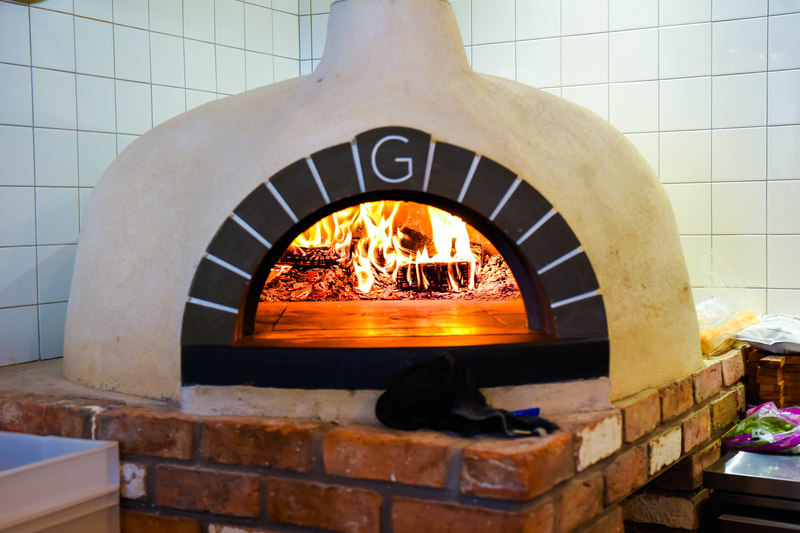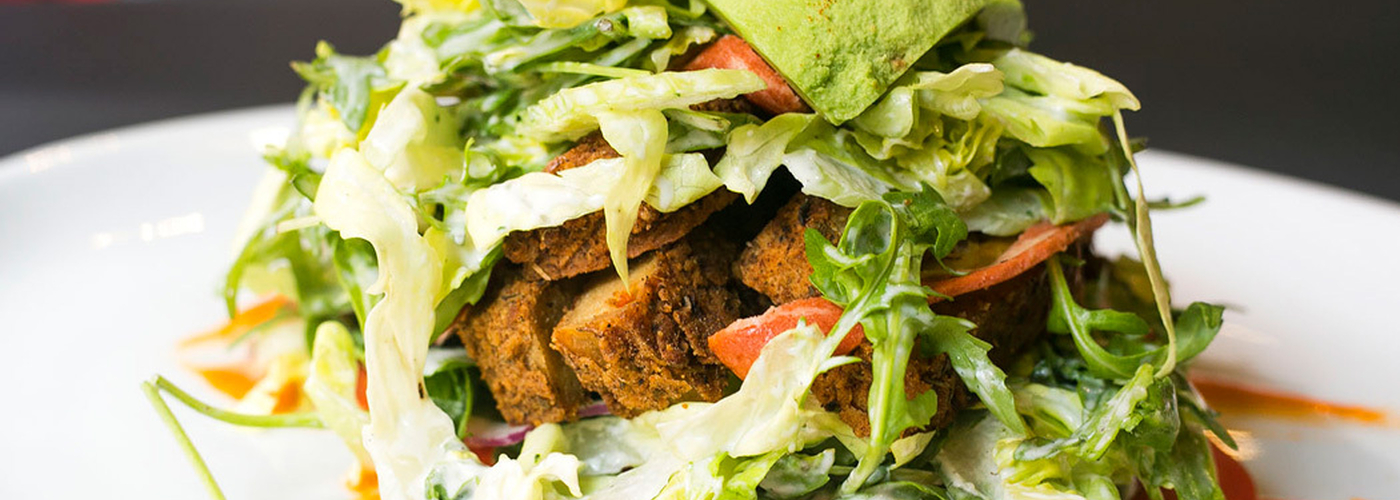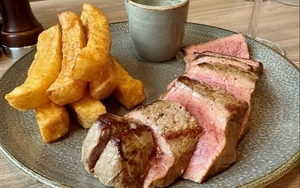Gourmet salt, edible insects and fermenting everything... which trends materialised this year?
LAST year, we wrote a list of predictions covering what we thought would be the restaurant trends for 2017. But really, all we should have done was bashed out a simpler list of pizza, gin, coffee, cocktails and craft beer. And if we had £1 for every press release we’ve received containing the words above, plus ‘globally inspired small plates’, we’d have at least £365.
So what did we predict? And did it happen?
Prediction for 2017: Less meat
Did it happen? Yes.
The transition from the more traditional three course meal to a succession of small sharing plates has made meat less of a focus for dishes. It’s been refreshing to see quite a few more imaginative menus utilising heritage vegetables, pulses, interesting spice blends, dressings and flame grilling to impart flavour and add texture. Vegetarian and vegan establishments such as 1847, Lily’s, V-Rev and Allotment continue to be popular with carnivores looking to lower their meat intake. The standard of steak restaurants seems to have gone up as well, thanks to the likes of Hawksmoor raising the game. This illustrates a trend to eat less meat, but to spend more on better quality when we do.
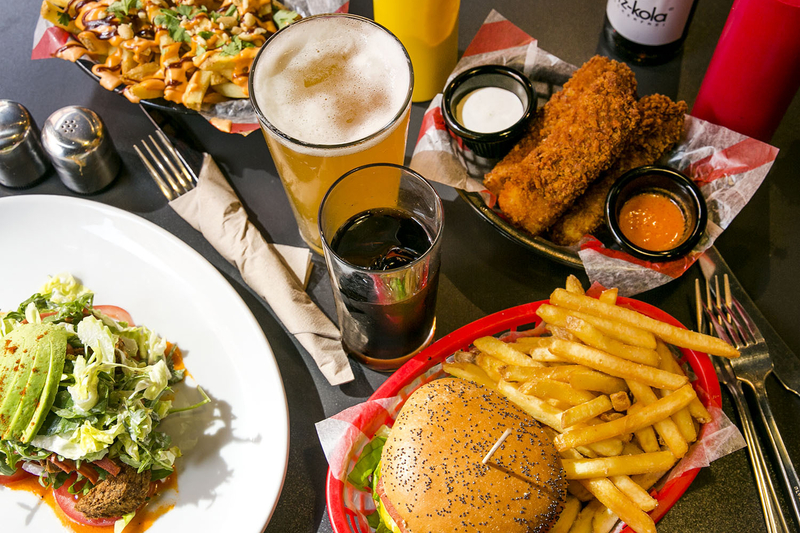
Prediction for 2017: Fermentation
Did it happen? A bit
Some of the more progressive chefs were all over this. Samuel Buckley from Where The Light Gets In in Stockport especially, thanks to his no waste policy, so many of his dishes feature things like homemade vinegars, cabbage leaves and fermented fruits – although one food critic did break away from the applauding masses, to suggest “I got the feeling that they were fermenting for the sake of fermenting.” Arguably, the most famous (and currently most fashionable) fermented dish is kimchi, which you can find all over the place in ketchup, stuffed into burgers and rolled into kebabs.
Prediction for 2017: Insects
Did it happen? Not really, it’s not the apocalypse
Only a handful of restaurants and bars got in on this crunchy critters trend, but mostly as a gimmick to create a few headlines when they launched. The newly opened Impossible bar and club offered salt and pepper crickets as a bar snack when they first opened and Favelas, the South American restaurant in the Northern Quarter, boasted a tarantula burger, but both seemed to have disappeared from the menus since. Many argue that entomophagy, or eating insects, is a sustainable source of protein and the eggs, larvae, pupae, and adults of certain insects have been eaten by humans since prehistoric times.
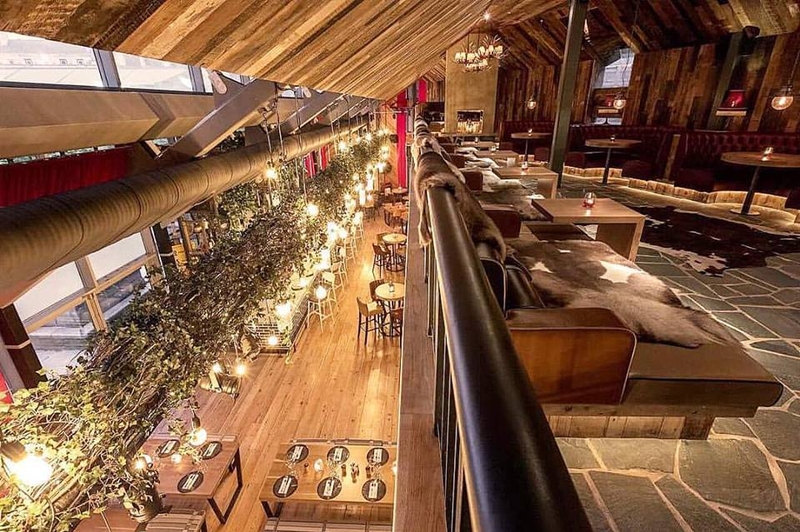
Prediction for 2017: Social conscience
Did it happen? Yes, and it’s growing
Research suggests that roughly one third of food produced around the world (around 1.3 billion tonnes) gets wasted every year, yet around one in nine human beings don’t have enough to eat. Lots of enterprising ideas have sprung up to try and solve this imbalance.
Real Junk Food Project, is a growing global network of restaurants and cafes which intercept surplus food from supermarkets, restaurants and wholesalers to stop it being thrown away. Using common sense and experience, they judge whether the food is fit for human consumption and then get around the grey areas of the law by charging on a pay-as-you-feel basis and using volunteers. They have a pop-up on Oxford Road and cafes in Tameside, Wigan and Bolton.

Too Good To Go is an app which connects restaurants and cafes to customers so any food left over at the end of each day can be discounted and find a new home.
As well as tackling the issue of waste food, a few projects have sprung up to help provide meals for local people in need. Foodinate is a simple one, based in Manchester: choose a dish which has the Foodinate logo next to it on the menu, from a participating restaurant, and they will donate a meal to someone in need.
StreetSmart works with restaurants all over the UK which add £1 to every bill which is then donated to the homeless charity and The Dealer is an app which offers the chance to give back to charities fighting homelessness in your community.
Prediction for 2017: Flavoured salt
Did it happen? Kinda
When chefs write menus they need to balance a few familiar classics with something a bit more original. Obviously Himalayan salt remains the current number one seasoning, especially when it’s lining meat chambers, but on menu this year we’ve seen cep salt and yuzu salt, as well as charcoal activated salt ash. Salt and pepper chips have been given an upgrade.

Prediction for 2017: Less sugar
Did it happen? Yes and no
For every healthy, wholesome, gluten free, Instagrammable smoothie and brunch café that has opened in the past year, there seems to have been a polar opposite café serving freak shakes and OTT cake confections, stacks of maple syrup covered pancakes and deep fried things like Sweet Diner Dive, Home Sweet Home, and Black Milk. Well it’s all about balance we suppose.

Prediction for 2017: Next generation breads
Did it happen? Not like we thought it might
People seem to have developed a taste for sourdough bread, which our editor-at-large Jonathan Schofield suggested was the only bread left on earth. But it’s become apparent that all that natural yeast and slow proving done outside the body is better on the digestion than mass produced loaves which only take four hours from start to finish. Smaller independent bakers such as Pollen, Trove and Campanio are thriving by supplying many good independent restaurants and cafes. Bakerie in the city centre bake their own bread daily and even hold baking classes for those who want to learn some flour-filled secrets. But we're yet to see ancient and heirloom grains such as sorghum, millet, farro and spelt catch hold.
Prediction for 2017: Flame grilling
Did it happen? Yes
It’s almost like there’s no other way to cook. Sales of the mighty Josper oven are still healthy, as are wood fired ovens and even the odd custom-made ‘Pereruela’ clay oven like the one up at Baratxri in Ramsbottom, which imparts a very special flavour to whole fish, meat and vegetables.
